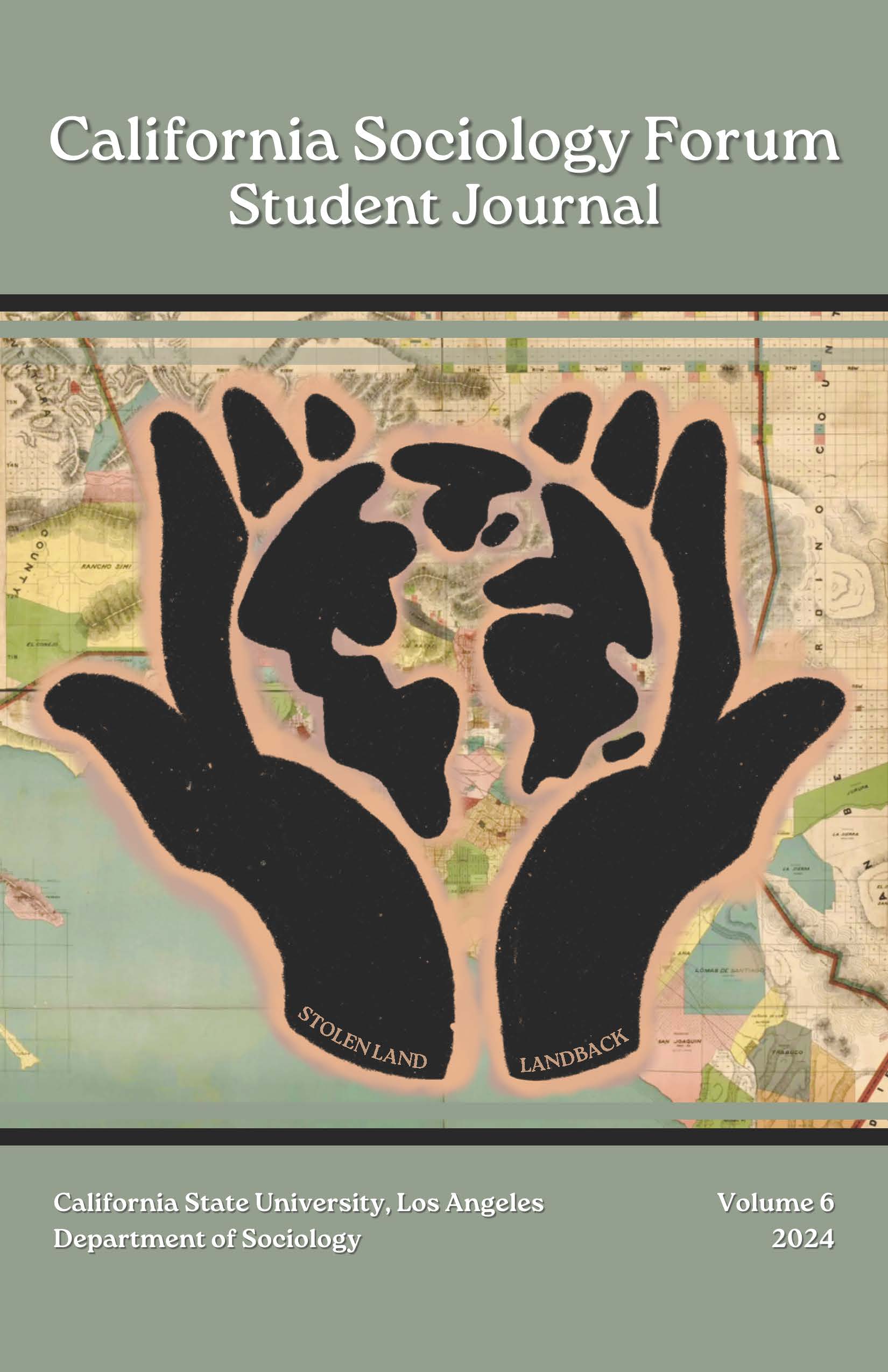As the Days, Months, Years, and “Leap Years” of Our Lives’ Turn
Abstract
This analysis provides a nuanced understanding of how the calendar serves not only as a temporal reference but also as a tool that structures and influences societal and sociological dynamics. Beginning with the Roman Catholic Church’s role, I explore the integration and profound early influence of religion into the temporal structure, elucidating how its conceptualization has shaped societal norms and influenced some of humanity’s more important decision-making processes today. The interplay between religious traditions and temporal organization highlights the calendar’s dual function as a practical timekeeping tool and a cultural artifact. The Four Tetrads by Marshall McLuhan integrally offers a lens to analyze how changes in media and communication have influenced our perception and utilization of time as well as the effects of the calendar on contemporary societal issues. I then explore the interconnectedness of media evolution and the transformation of the calendar, emphasizing their reciprocal relationship in shaping societal values and priorities. Examining how the calendar dictates the rhythm of our lives, the theme investigates its role in determining the timing of critical events and decision-making processes. To offer a holistic perspective, I also trace the chronological changes in the calendar over the course of time, addressing key historical junctures that contributed to its evolution. From the Julian calendars to the Gregorian calendar’s introduction, the narrative encompasses the various adaptations and reforms that have shaped the calendar into its present form.

